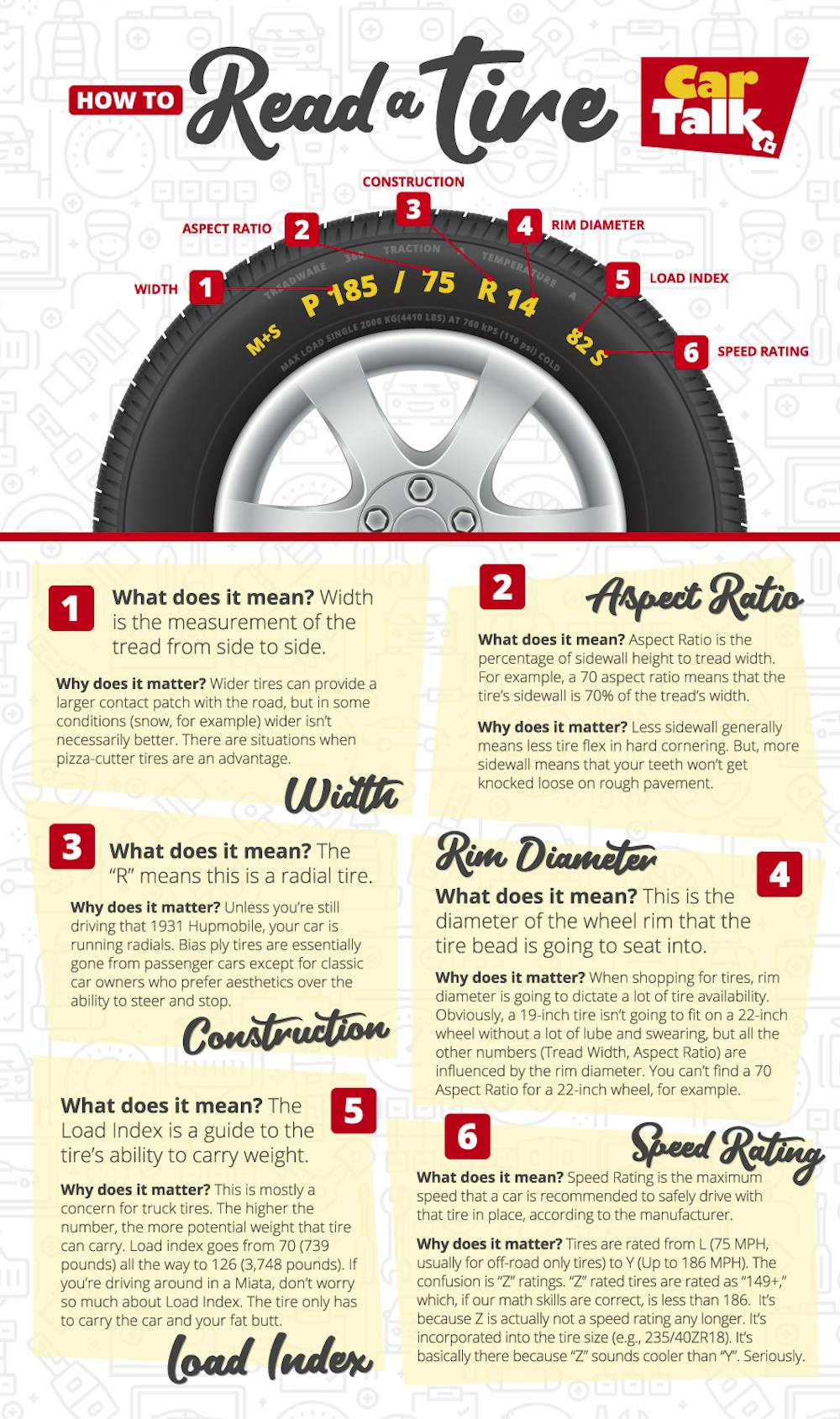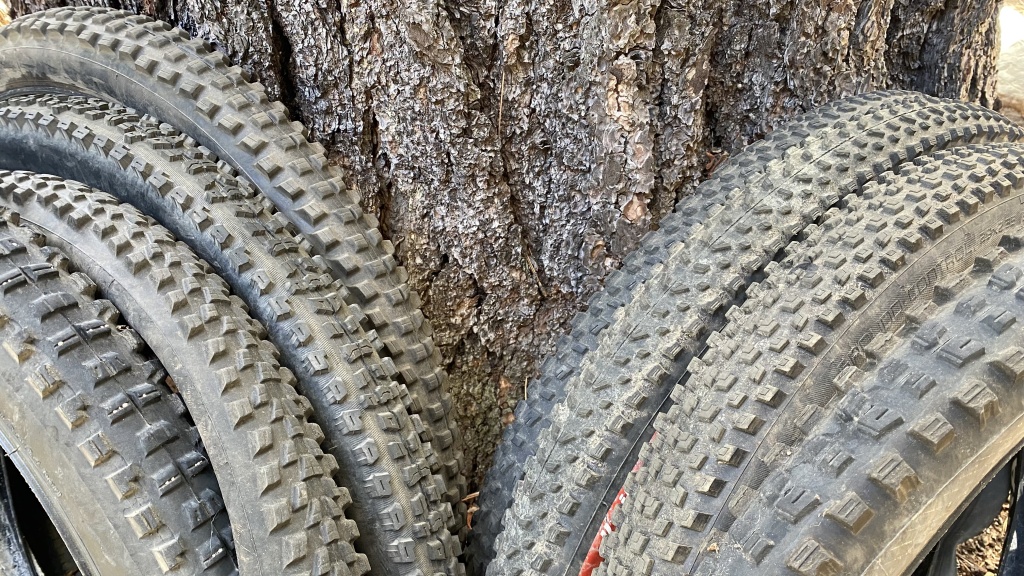All Categories
Featured
Table of Contents
I had the ability to get 100 hours out of one of these tires, and while it had absolutely no tire lugs left on it, the soft compound made it function really wellas long as I was making use of a soft mousse. Kitt Stringer picture Easy placing - 3Wear - 3Sidewall strength - 3Performance on roots - 4Performance on damp rocks - 2Traction on dust - 5Cornering ability - 4Traction while stopping - 4Self-clearing of dust and mud - 3Performance in mud - 3Overall predictability or tracking - 3 _ 37 Verdict: This is a good well-rounded tire with great worth for money.

The wear corresponded and I such as exactly how long it lasted and exactly how constant the feeling was during use. This would also be a great tire for faster races as the lug size and spacing bit in well on quick terrain. Kitt Stringer picture Easy mounting - 3Wear - 3Sidewall strength - 3Performance on origins - 4Performance on wet rocks - 4Traction on dirt - 4Cornering ability - 4Traction while stopping - 5Self-clearing of dust and mud - 4Performance in mud - 4Overall predictability or tracking - 4_42 Final thought: I liked this tire a lot.
If I had to get a tire for tough enduro, this would certainly be in my leading option. Easy mounting - 3Wear - 3Sidewall stamina - 3Performance on roots - 4Performance on damp rocks - 3Traction on dust - 4Cornering ability - 3Traction while braking - 3Self-clearing of dirt and mud - 4Performance in mud - 4Overall predictability or tracking - 3 _ 34 Verdict: This tire was really soft and flexible.
All the gummy tires I checked done relatively close for the initial 10 hours or two, with the champions going to the softer tires that had far better traction on rocks (Tyre deals). Buying a gummy tire will certainly provide you a strong advantage over a routine soft compound tire, however you do spend for that advantage with quicker wear
Leading Tyre Repair Services (Dayton)
Best value for the cyclist who wants decent performance while getting a reasonable amount of life. Finest hook-up in the dust. This is an excellent tire for springtime and autumn conditions where the dirt is soft with some dampness still in it. These tested race tires are fantastic throughout, but wear swiftly.
My general champion for a difficult enduro tire. If I needed to spend cash on a tire for everyday training and riding, I would certainly choose this set.
Leading Vehicle Tyres (Dayton)
I've been running a set of Michelin Power Pilot 2CT's on my track Daytona 675 for the previous year. Because time I have done 15 track days in all climates from cool damp to extremely hot and these tyres have never missed out on a beat. Tyre and wheel services. I have actually done almost 2,000 miles (3,200 kilometres) on them and as you can see from this shot of the front taken after initial session of my 15th track day on them, they still have fairly a whole lot of rubber left on them
In other words the 2CT is an incredible track day tire. If you're the type of cyclist that is likely to encounter both damp and dry problems and is starting on the right track days as I was in 2015, then I think you'll be difficult pressed to discover a far better value for money and competent tire than the 2CT; a set of which will certainly set you back around 185 (US$ 300) in the UK.
Generating a far better all round road/track tire than the 2CT must have been a tough job for Michelin. The outcome of that effort is the Michelin Pilot Power 3 which basically changes the Pure. Do not puzzle this brand-new tyre with the roadway going Pilot Road 3 which is not developed for track usage (although some cyclists do).
They motivate massive self-confidence and give amazing hold degrees in either the wet or the completely dry. When the Pilot Power 3 introduced, Michelin advised it as a 50:50% road: track tyre. That message has just recently altered due to the fact that the tires are now advised as 85:15% roadway: track use instead. All the biker reports that I have actually read for the tyre price it as a better tire than the 2CT in all areas yet specifically in the damp.
Trusted Tyre Care – Dayton
Technically there are numerous differences between both tires although both make use of a double substance. Aesthetically you can see that the 2CT has fewer grooves cut into the tire yet that the grooves go to the side of the tyre. The Pilot Power 3 has more grooves for much better water dispersal but these grooves don't get to the shoulder of the tire.
One aspect of the Pilot Power 3 which is various to the 2CT is the brand-new 2CT+ technology which prolongs the harder center section under the softer shoulders (on the rear tire). This ought to provide extra stability and decrease any "agonize" when increasing out of edges despite the lighter weight and more versatile nature of this new tyre.

I was slightly dubious about these lower pressures, it turned out that they were great and the tyres executed truly well on track, and the rubber looked far better for it at the end of the day. Equally as a factor of reference, various other (rapid group) riders running Metzeler Racetecs were utilizing tire pressures around 22-24 psi for the back and 24-27 psi on the front.
Creating a much better all round road/track tire than the 2CT must have been a difficult task for Michelin. The outcome of that initiative is the Michelin Pilot Power 3 which basically changes the Pure. Don't puzzle this new tyre with the road going Pilot Roadway 3 which is not developed for track usage (although some cyclists do).
Top Cheap Car Tyres Near Me – Dayton 6055 WA
When the Pilot Power 3 introduced, Michelin advised it as a 50:50% roadway: track tyre. All the cyclist reports that I have actually read for the tire rate it as a far better tire than the 2CT in all locations yet especially in the damp.

Technically there are many differences in between the two tyres despite the fact that both use a double substance. Aesthetically you can see that the 2CT has less grooves reduced right into the tyre however that the grooves go to the edge of the tire. The Pilot Power 3 has more grooves for better water dispersal however these grooves do not get to the shoulder of the tire.
One element of the Pilot Power 3 which is different to the 2CT is the brand-new 2CT+ technology which prolongs the harder center section under the softer shoulders (on the rear tyre). This should offer extra security and reduce any kind of "agonize" when speeding up out of corners in spite of the lighter weight and even more versatile nature of this new tire.
Although I was slightly dubious regarding these lower pressures, it turned out that they were great and the tires done actually well on the right track, and the rubber looked much better for it at the end of the day. Equally as a factor of reference, other (quick group) riders running Metzeler Racetecs were making use of tyre pressures around 22-24 psi for the rear and 24-27 psi on the front
Latest Posts
Honest Budget Car Tyres – Swan
Reliable Discount Car Tyres (Embleton 6062 WA)
Tyre Replacement